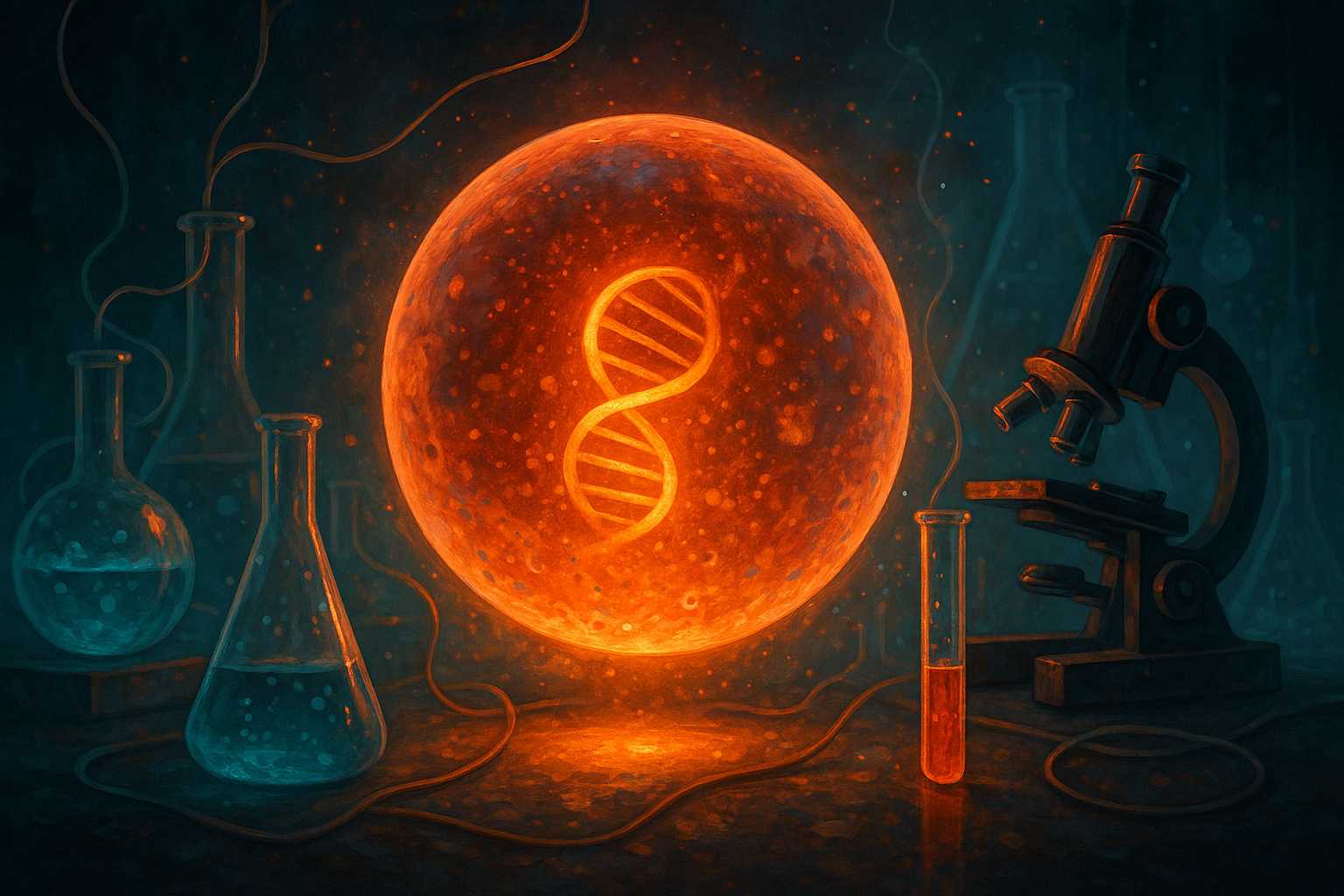The quest to create life from scratch has shifted from the realm of science fiction to cutting-edge laboratories. Researchers are pushing boundaries to understand how life emerges, using synthetic biology, bioengineering, and advanced chemistry. These groundbreaking experiments aren’t just academic—they may revolutionize medicine, energy, and our understanding of existence. From building synthetic cells to replicating evolution in test tubes, these efforts reveal how close we are to constructing living systems entirely from the ground up.
1. Building Synthetic Minimal Cells
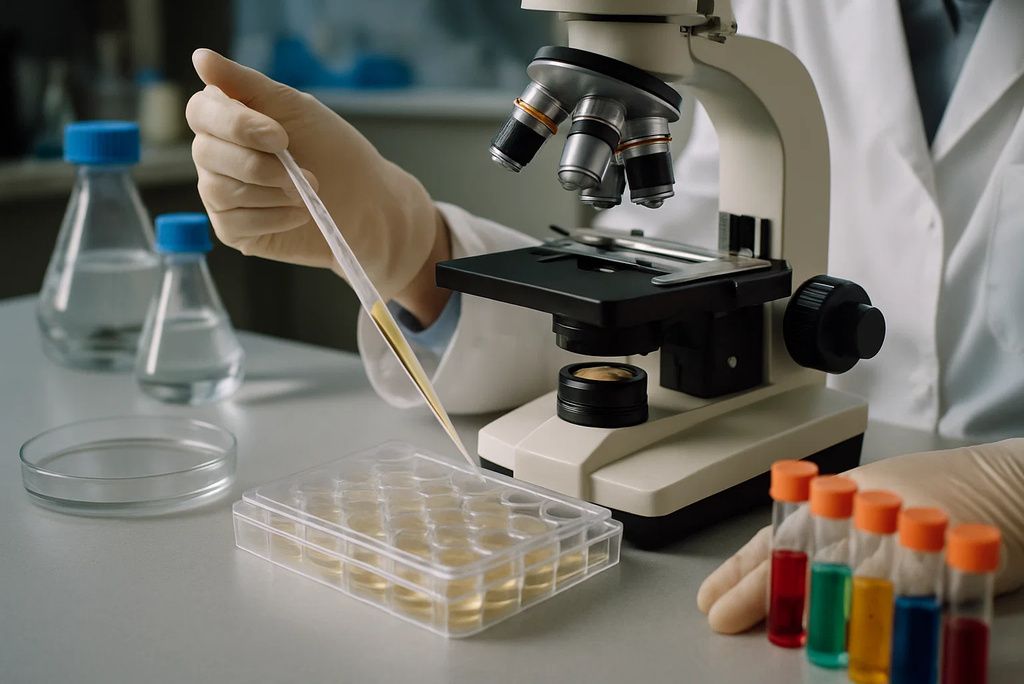
The J. Craig Venter Institute famously built a minimal bacterial cell, JCVI-syn3.0, with only 473 genes—the fewest needed for survival in laboratory conditions. This “stripped-down” life form helps scientists understand the essential components of life and lays the foundation for creating new organisms with custom-designed traits. Such cells could eventually produce medicines, clean pollutants, or synthesize biofuels on demand. This research also sparks ethical debates about creating truly synthetic organisms. Learn more.
2. Creating Self-Replicating RNA Molecules
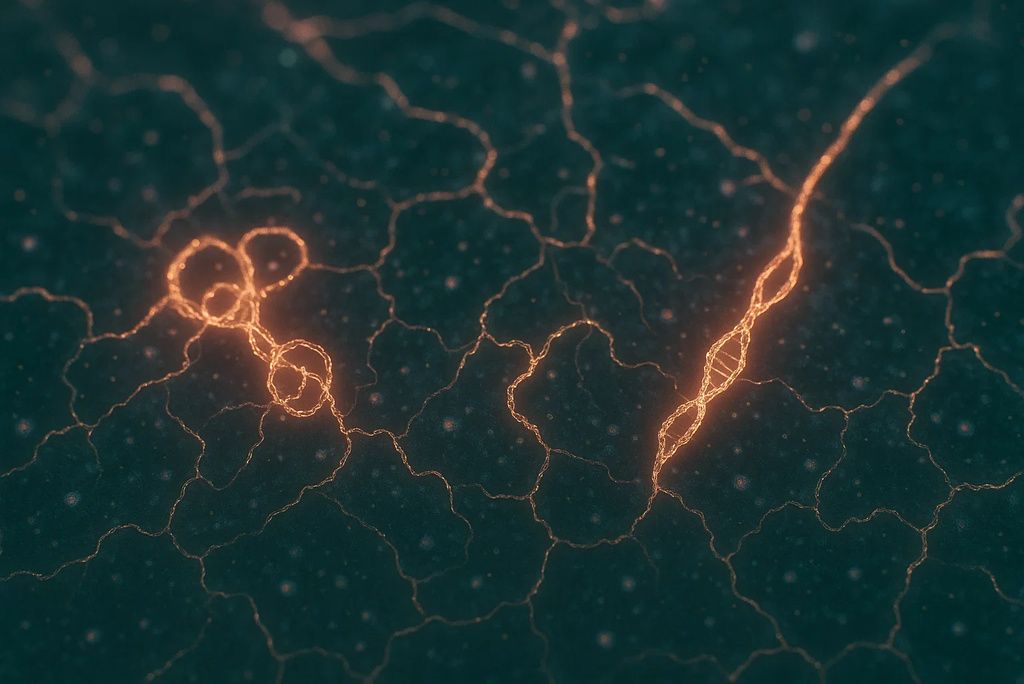
In experiments inspired by the “RNA world hypothesis,” researchers at the University of Cambridge created RNA enzymes that can replicate other RNA sequences without protein involvement. This milestone provides insight into how the first self-replicating molecules may have formed, potentially revealing life’s earliest biochemical steps. Such synthetic RNA systems are critical for building protocells and understanding evolution. These developments also improve biotechnology for medicine and diagnostics. Read details.
3. Engineering Synthetic Genomes
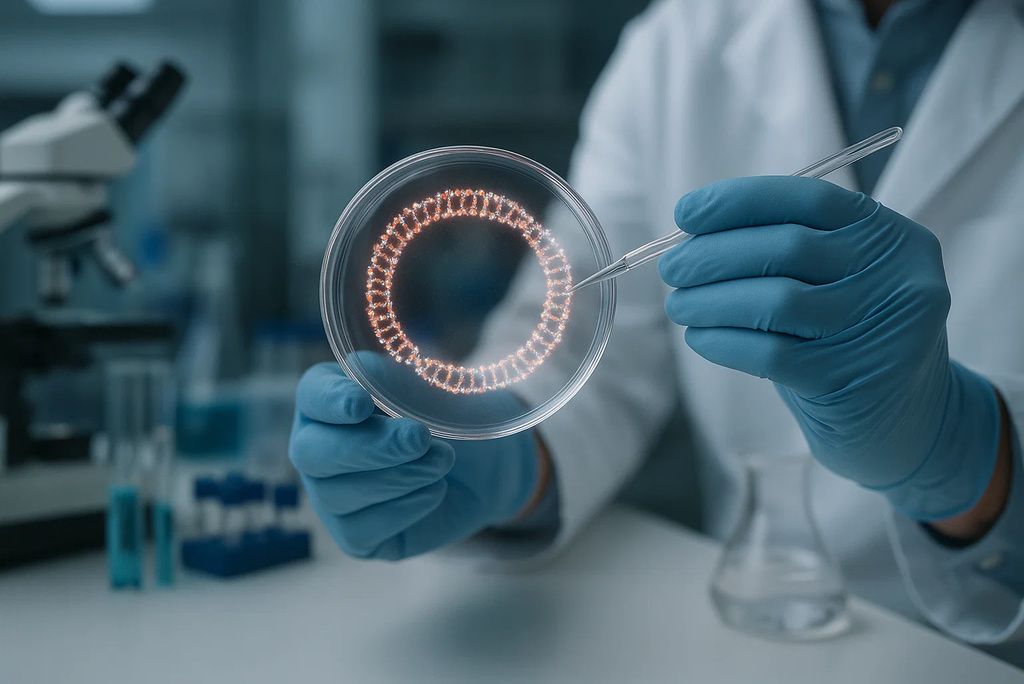
In 2019, researchers at the University of Cambridge rewrote the entire genome of E. coli, replacing 64,000 codons with a smaller, simplified set of codons. This synthetic genome allows unprecedented control over the bacteria, enabling new functions and resilience against viruses. This level of reprogramming takes us closer to designing completely novel life forms with specific, human-defined purposes. It also enhances our ability to study genetic redundancies. Explore the study.
4. Developing Protocells with Fatty Acid Membranes
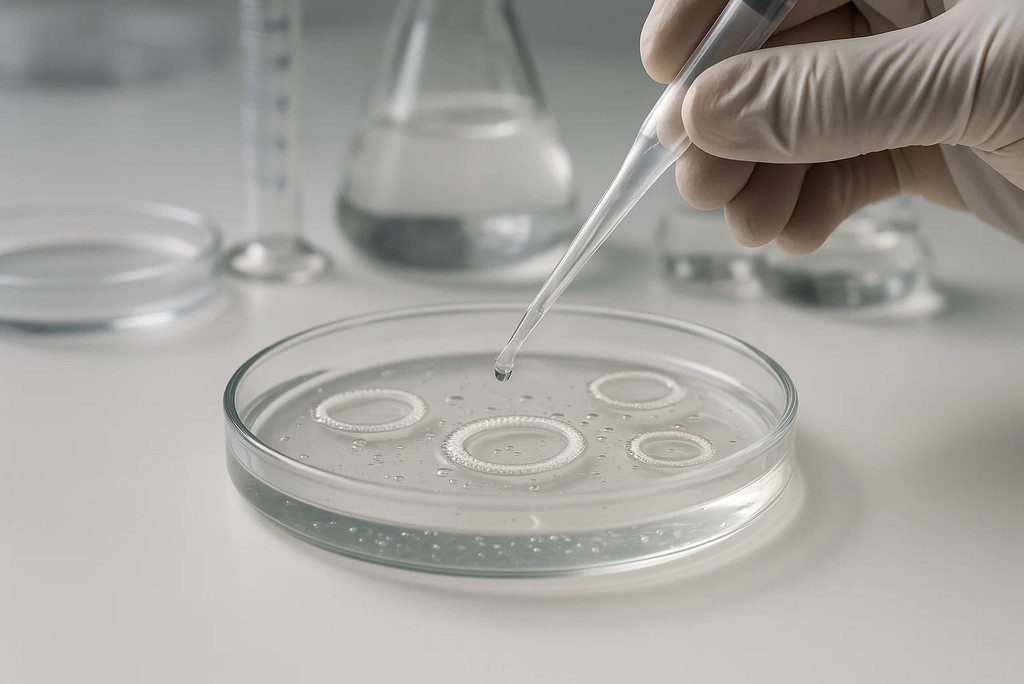
Scientists have recreated primitive “protocells” using fatty acid membranes enclosing RNA or other crucial biomolecules. These vesicles mimic how early cell-like structures could have formed naturally in Earth’s prebiotic soup. Experiments like these help us understand the transition from simple chemistry to organized biology. They also inform our search for alien life. This research highlights how life could arise elsewhere. More on this research.
5. Reconstructing Ancient Proteins
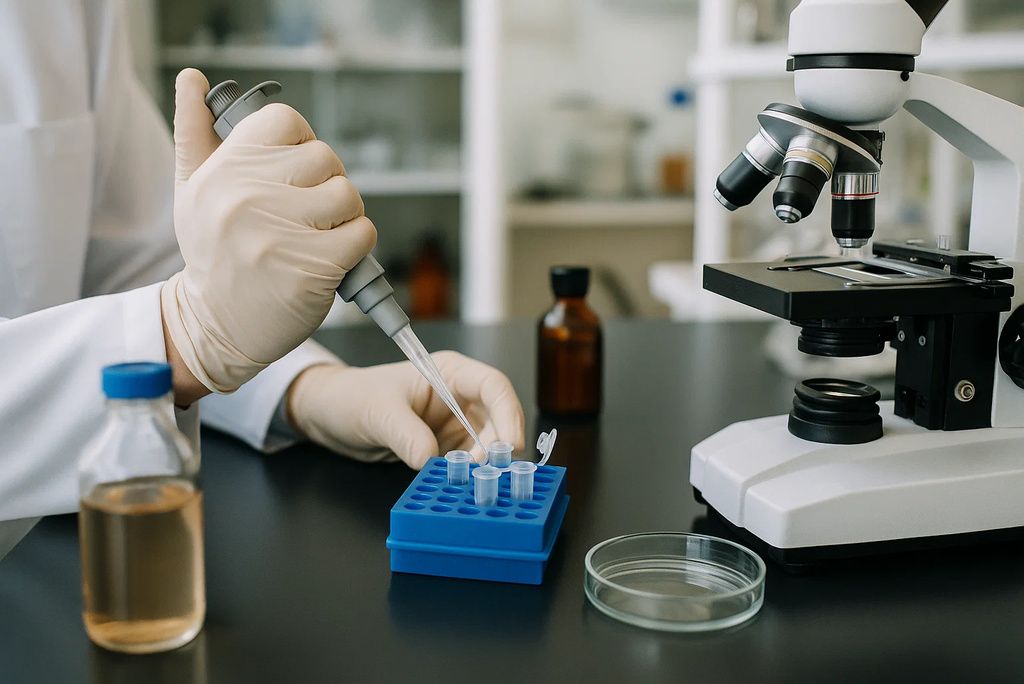
By resurrecting proteins that existed billions of years ago, researchers can test how early biochemical systems functioned under ancient conditions. This evolutionary “time travel” helps refine models for how life first gained complexity and stability. Some of these ancestral proteins have been integrated into living organisms, bridging synthetic biology with evolutionary science effectively. This approach provides crucial insights into protein evolution.
6. Artificial Chromosomes in Yeast
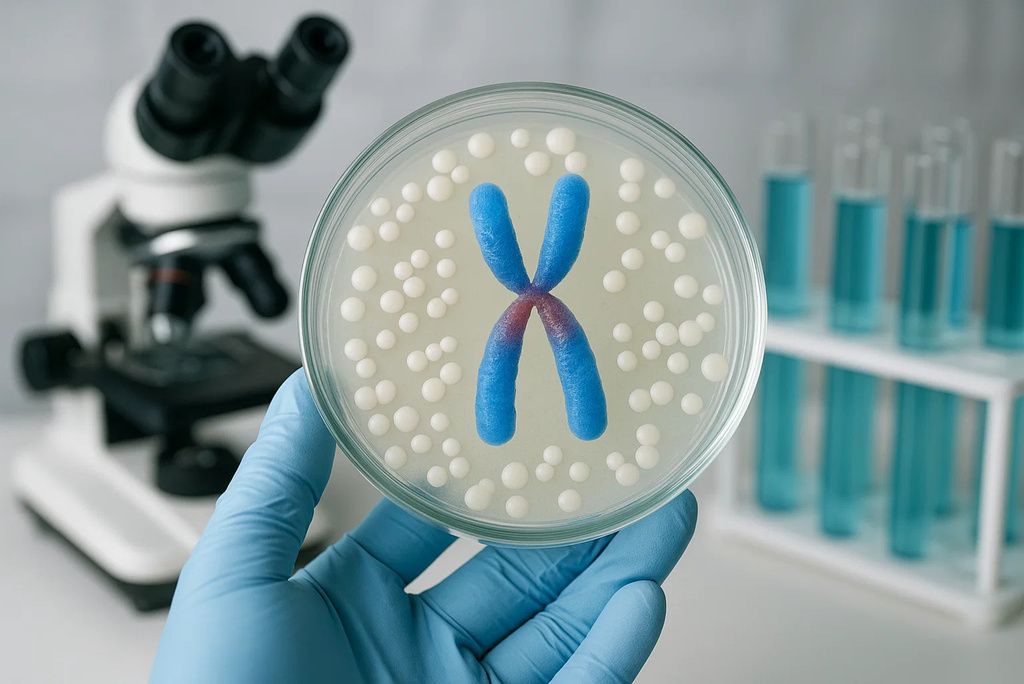
The Sc2.0 project created the first fully synthetic chromosomes for baker’s yeast, proving that complex genomes can be rewritten entirely from scratch. These efforts not only clarify genome architecture but also set the stage for designing eukaryotic life forms with entirely new biological properties. Such advances could transform medicine, industry, and sustainable bio-manufacturing applications. They also challenge our definitions of life. Project details.
7. Reconstructing Prebiotic Chemistry Pathways

Chemists at Scripps Research Institute replicated the chemical reactions that could have led to the formation of amino acids, nucleotides, and sugars on early Earth. By simulating these plausible pathways, they’ve demonstrated routes from non-living chemistry to life’s building blocks. These discoveries also shed light on the origins of metabolism. They bring us closer to creating pre-life chemistry. Research insights.
8. Creating Synthetic Cytoskeletons
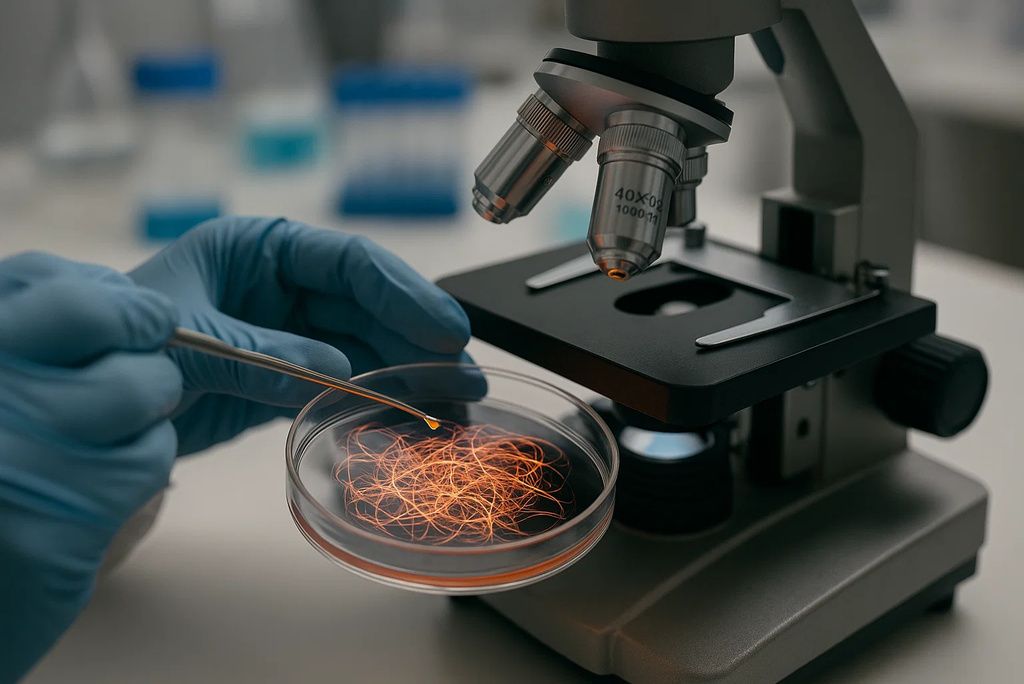
The cytoskeleton—the structural framework of cells—has been recreated in synthetic systems using specially engineered protein polymers. These structures allow protocells to maintain shape, move, and divide, key features of cellular life. Reconstituting these essential functions in lab-built systems brings artificial life one significant step closer to reality. It also enables testing of cellular mechanics.
9. Programming Cell-Free Gene Expression
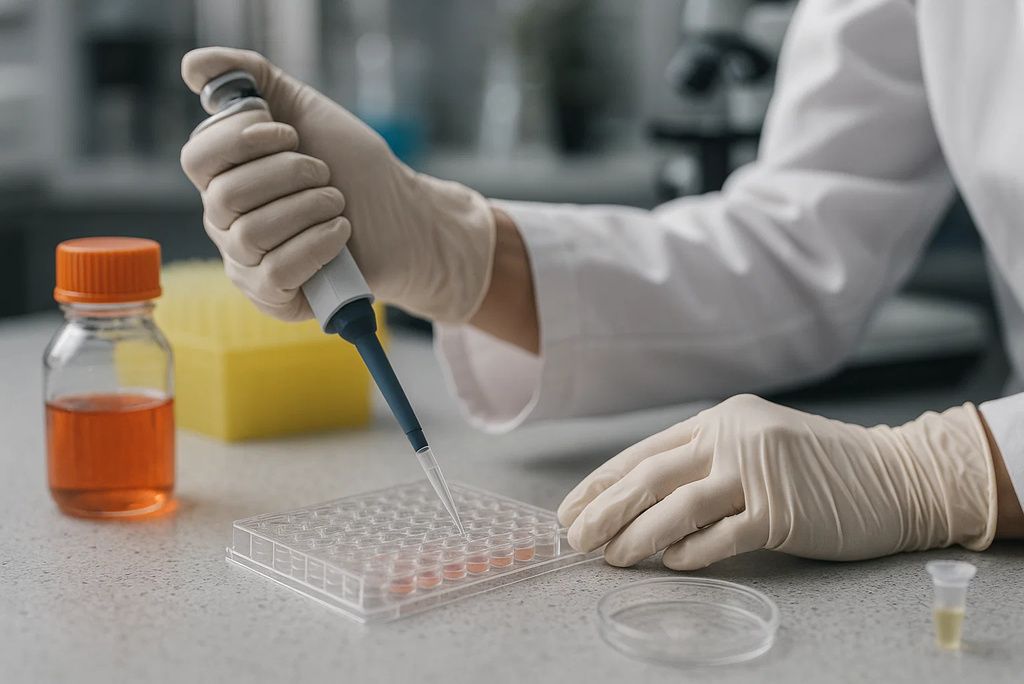
Using cell-free systems, scientists can activate genetic circuits in test tubes without the complexities of living cells interfering. These systems synthesize proteins and regulate gene networks in a simplified, fully controllable environment, ideal for building synthetic life safely. They are crucial tools for testing and optimizing genetic designs. This work supports pharmaceutical and vaccine production. Read about it.
10. Artificial Photosynthesis in Protocells
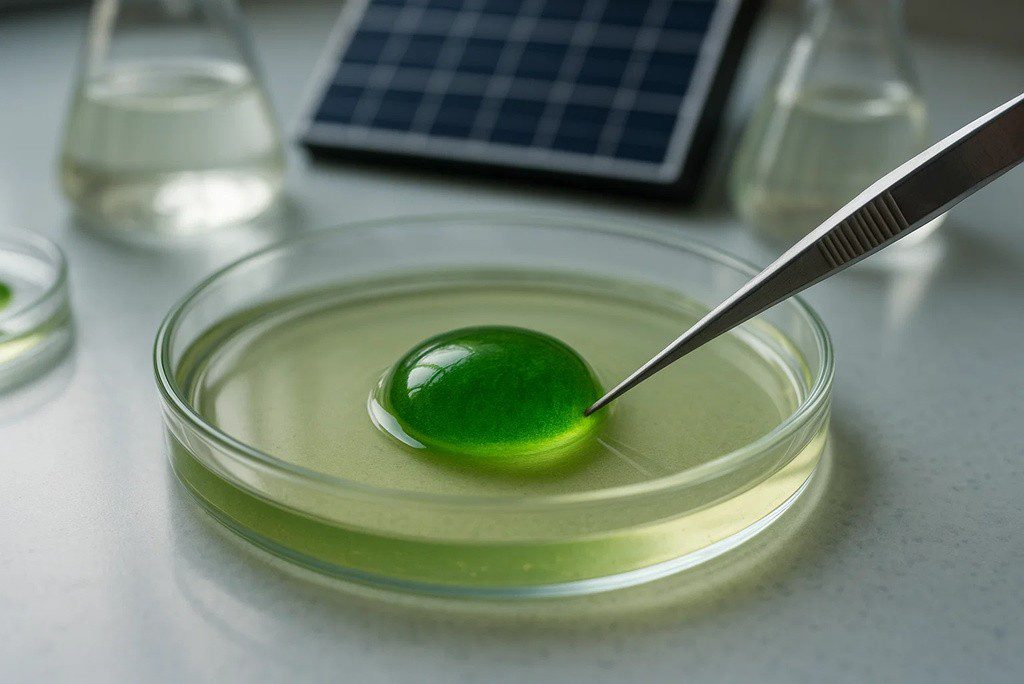
Researchers have integrated photosynthetic proteins into protocells, enabling them to capture light and produce usable chemical energy, mimicking natural plant-like functions. This innovation opens possibilities for creating living systems that generate their own energy sustainably. It could revolutionize bioenergy and biomanufacturing. It also provides insights into photosynthetic evolution. Study reference.
11. Creating Entirely New Genetic Codes
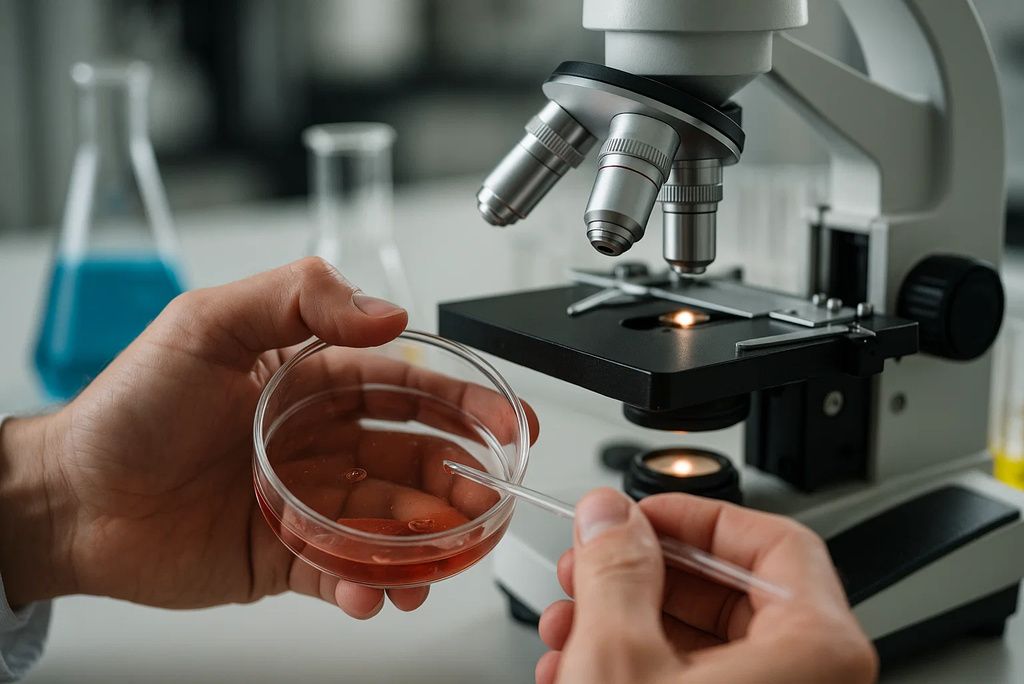
Expanding life’s alphabet beyond A, T, C, and G, scientists have successfully inserted unnatural base pairs into DNA, creating new genetic codes never before seen in nature. These synthetic organisms can produce proteins not found in natural systems, leading to revolutionary biotechnological and medical applications across multiple global industries. This groundbreaking work also redefines what truly constitutes a living genome.
12. Artificial Cells with Division Cycles
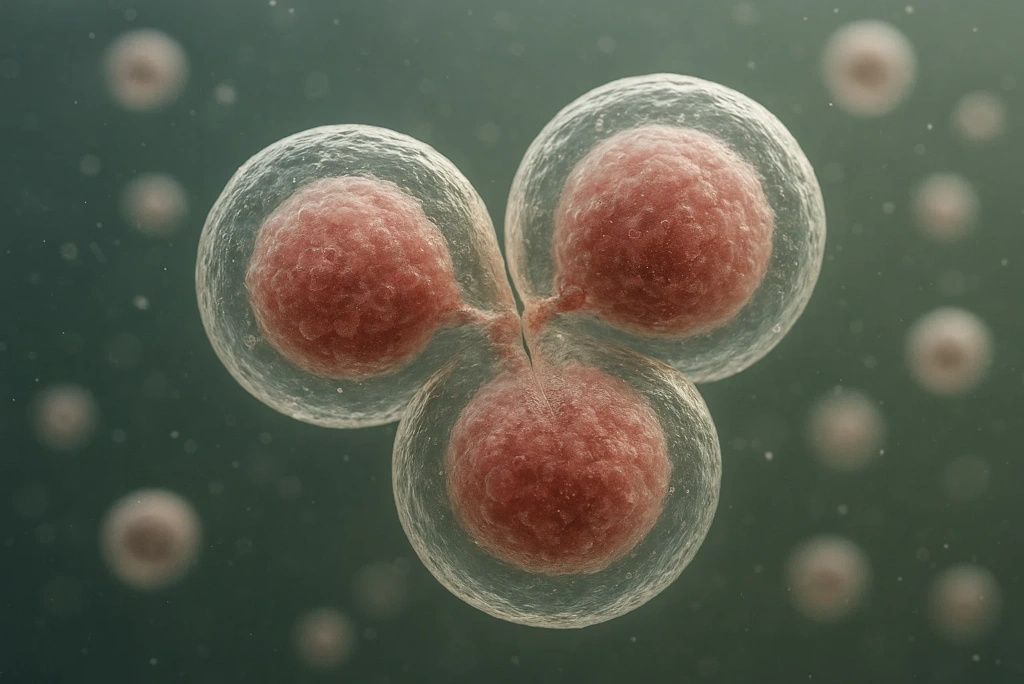
Artificial cells that can grow and divide autonomously have been demonstrated in carefully controlled laboratory experiments using advanced synthetic biology tools. These synthetic cells mimic one of the core features of living organisms—reproduction—providing a blueprint for the bottom-up construction of life. This ability also allows long-term, dynamic study of cell evolution.
13. Directed Evolution in the Lab
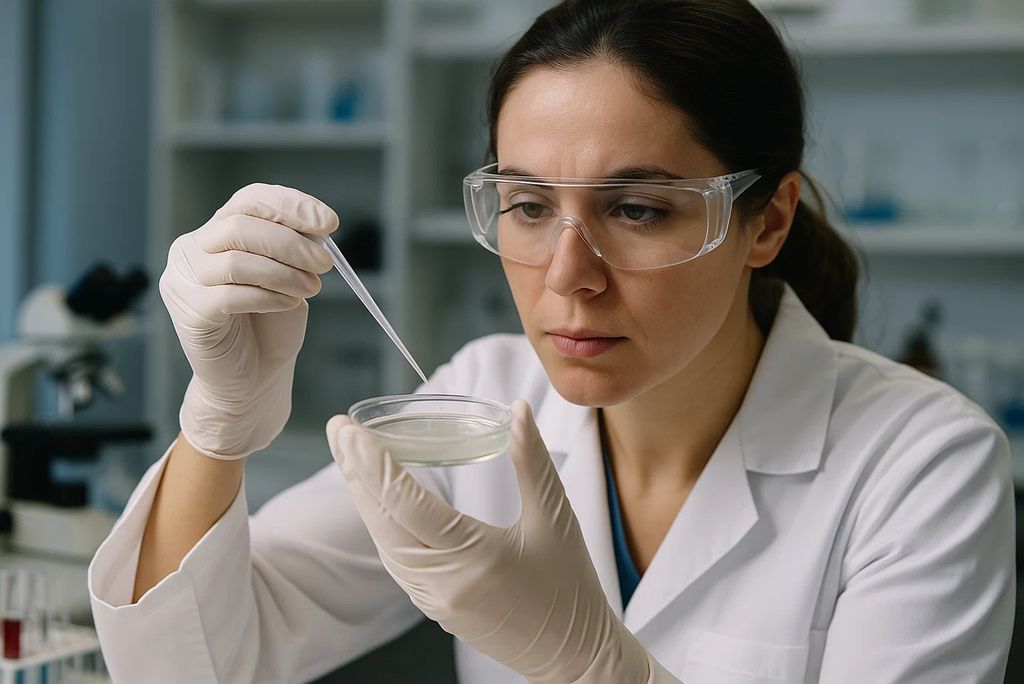
Scientists use directed evolution to create biomolecules that perform new functions, accelerating what natural evolution would take millions of years to achieve under normal circumstances. This technique helps design enzymes and proteins for synthetic cells and future artificial organisms with extraordinary, highly specialized abilities. It also underpins major advances in modern drug discovery.
14. Semi-Synthetic Organisms
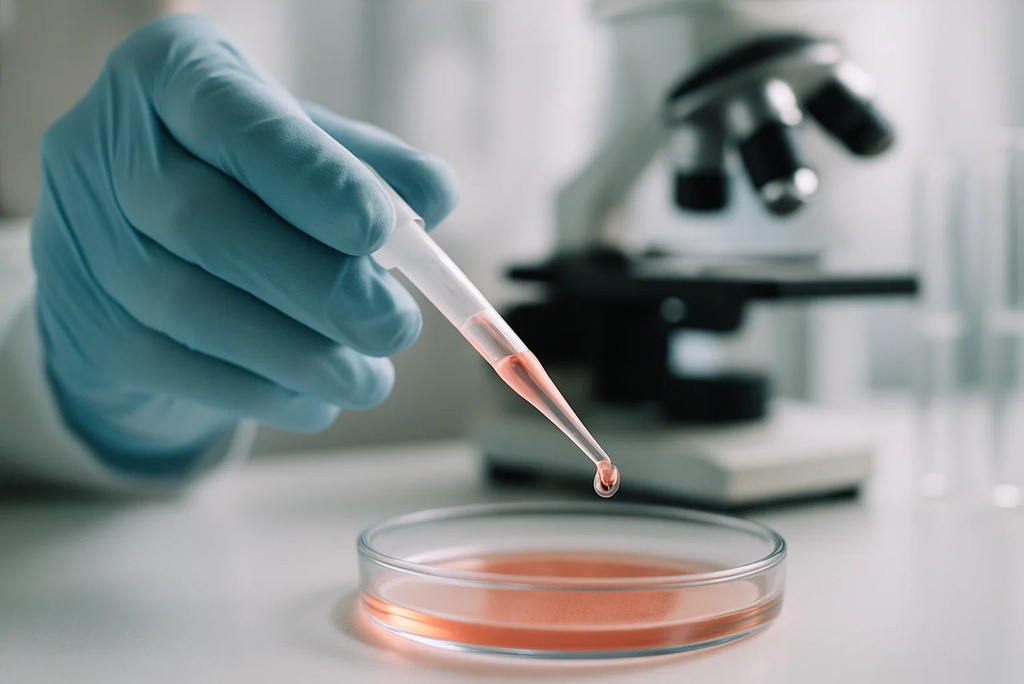
Incorporating synthetic components into living cells, researchers have created semi-synthetic organisms capable of producing novel biomolecules under controlled, highly monitored conditions. These hybrid life forms combine the best of natural and engineered systems, hinting at a future of custom-built living factories with vast industrial potential. This could transform manufacturing, healthcare, and therapeutic development worldwide.
15. Simulating Early Evolution in the Lab
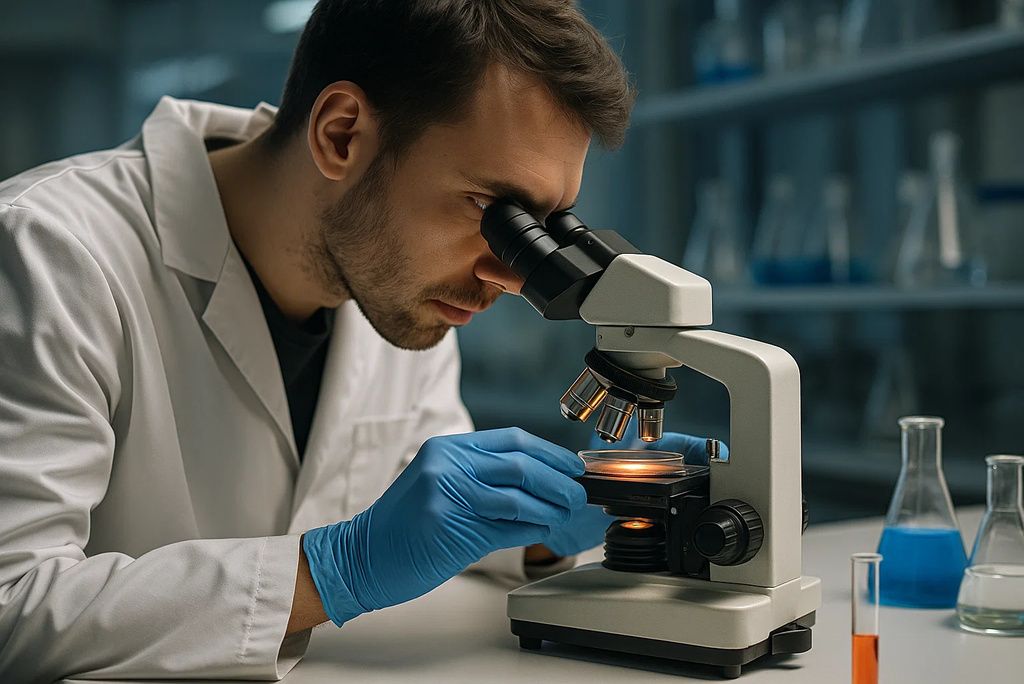
By recreating prebiotic environments, scientists can observe evolutionary dynamics in real time with remarkable precision using long-term experimental setups. These carefully designed experiments test how molecules self-organize and evolve complexity, revealing the principles that may have governed the emergence of life. They help us understand adaptability in extreme, unpredictable conditions.
Disclaimer: This article is for informational purposes only. It does not provide medical or professional advice.

